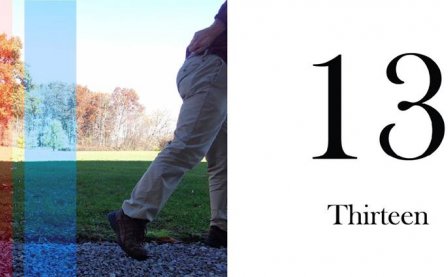Lately, I’ve been fascinated with the idea of simultaneity in relationship to the development of artistic movements and musical genres. For instance, the very different emergences of noise music that occurred around the early 1980s in the UK with Whitehouse and in Japan with Merzbow are inextricably linked despite their geographic disparities. Black metal was also in its formative stages during this time with bands like Venom and the conceptual ideas driving all three of these movements is shockingly similar (intentionally abrasive/confrontational music, shocking imagery, rejection of Western cultural ideals, distortion, etc.). The sonic characteristics of these artists’ work may be different, but they are all driven by similar aesthetic concerns that just happened to manifest themselves in various ways due to geographic and social factors. In this way, this music’s genesis is united despite these artists not necessarily coming into contact with each other’s work at the time of creation.
A similar thing happened during the 1990s in Europe and Japan with onkyo music and the work of the Wandelweiser collective. Both genres are marked by a fascination with “silence as sound,” as well as the connections between silence and noise, but their approaches are manifested in very different ways. Wandelweiser’s work deals more with composed chamber music that is in direct lineage with the ideas of John Cage and Morton Feldman. On the other hand, onkyo largely grew out of the world of free improvisation and in many cases was much more focused on the use of minimal electronic materials (the turntables of Otomo Yoshihide, the sinetones of Sachiko M, the no-input mixer of Toshimaru Nakumara, etc.). These various strains of reductionist music often produce similar results using different means and the score for Michael Pisaro’s White Metal seems to deal directly with the relationship between these two aesthetics.
The score for White Metal essentially creates an EAI type of situation. It’s a further exploration of Pisaro’s desire to create and control fascinating textures through notation that is both open yet highly specific. This puts the performers (in this case Miguel Prado and Pisaro) in a particularly interesting position of largely controlling the timbral quality of the work while still adhering to the structural specificity of the composition. Prado’s co-realization of the piece with Pisaro is particularly stunning and their various layers of noise and tones mix to create mysterious all consuming harmonies and textures throughout. The sound sources here seem primarily electronic and as a result, the work has the feel of a more dynamic Francisco Lopez piece. Like Lopez, Pisaro and Prado understand that there’s a thin line between amplified white noise and the silence of a space and this dichotomy is explored throughout White Metal.
While White Metal acknowledges and addresses the sonic similarities between the worlds of onkyo and Wandelweiser, it goes even further to explore the dichotomy between these quiet musical realms and the aforementioned worlds of noise and metal. The piece’s title simultaneously invokes black metal and white noise, which instantly draws a line between those two genres. With White Metal, it becomes apparent that the extremity of these alternately silent and loud styles is inextricably linked through their focuses on white noise on all levels and Pisaro and Prado make this abundantly clear by expertly exploding and reducing noise sounds on this excellent record.
White Metal is out now via Senufo Editions. You can stream an excerpt of the album below:
• Michael Pisaro: http://www.michaelpisaro.blogspot.com
• Miguel Prado: http://www.taumaturgia.com/miguelprado
• Senufo Editions: http://www.senufoeditions.com
More about: Michael Pisaro



